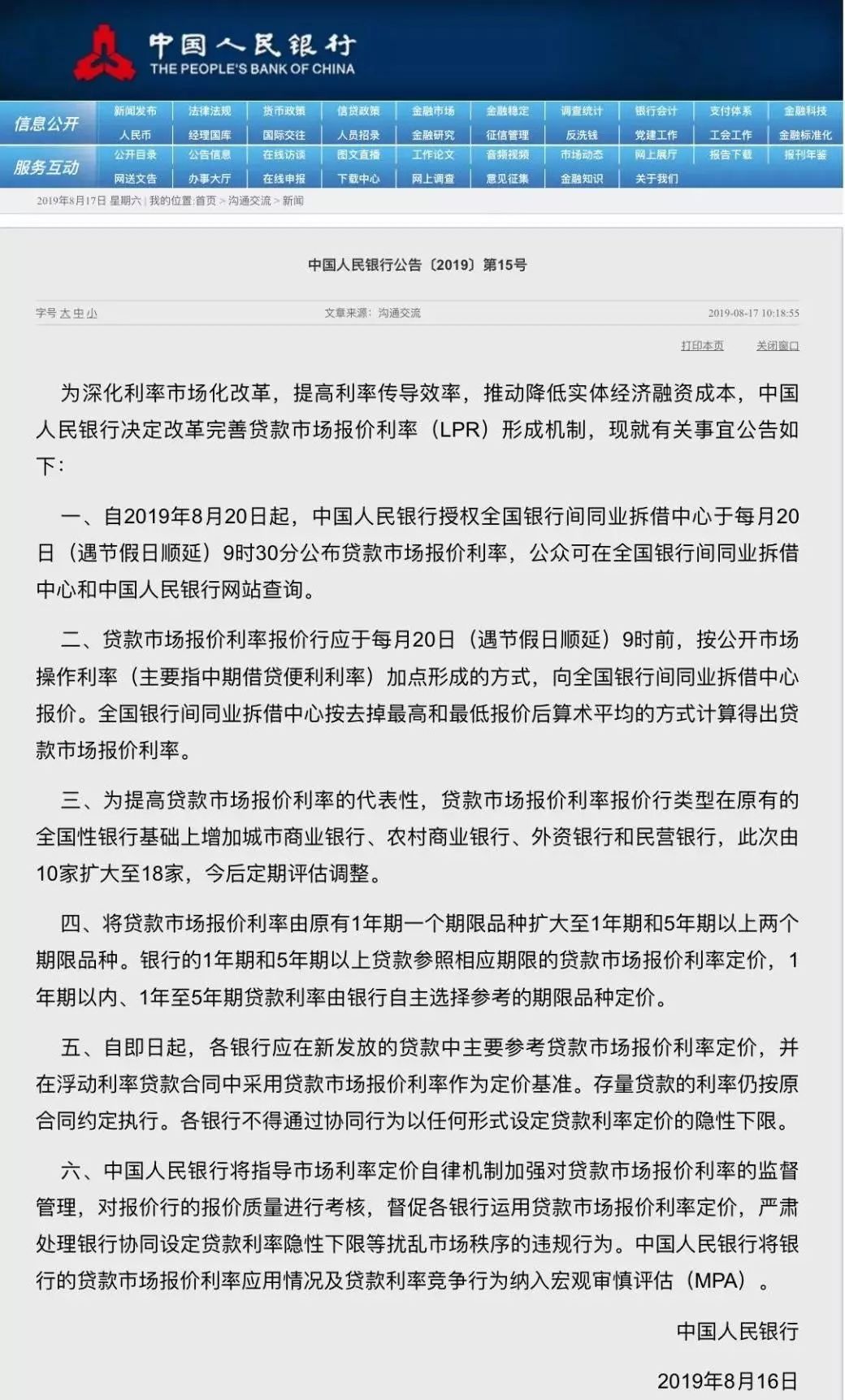Federal Direct Student Loan Rates 2023: Your Guide to Securing the Best Loan Terms
Guide or Summary:Understanding Federal Direct Student Loan RatesFactors Influencing Federal Direct Student Loan RatesChoosing the Right Federal Direct Stude……
Guide or Summary:
- Understanding Federal Direct Student Loan Rates
- Factors Influencing Federal Direct Student Loan Rates
- Choosing the Right Federal Direct Student Loan
- Applying for Federal Direct Student Loans
In the ever-evolving landscape of higher education, securing the right federal direct student loan rates is crucial for both current and prospective students. With the 2023 academic year approaching, it's essential to understand how federal direct student loan rates work, what factors influence these rates, and how to navigate the loan application process to get the best possible terms. This comprehensive guide will delve into these aspects, providing insights that can help you make informed decisions about your education financing.
Understanding Federal Direct Student Loan Rates
Federal direct student loans are offered by the U.S. Department of Education to eligible students to help cover the cost of attendance at an accredited institution of higher education. These loans come in several types, including Direct Subsidized Loans, Direct Unsubsidized Loans, and Direct PLUS Loans for Parents. Each type has its own interest rates, repayment terms, and eligibility criteria.
Interest rates for federal direct student loans are set by Congress and can change annually based on market conditions. As of the latest update, the standard federal direct loan interest rate for undergraduate borrowers is 4.99%, while the rate for graduate borrowers and parents of undergraduate students is 5.80%. These rates are fixed for the life of the loan, which means that once you lock in a rate, it remains the same for the duration of your repayment period.
Factors Influencing Federal Direct Student Loan Rates
Several factors can influence federal direct student loan rates, including government policy, economic conditions, and the borrower's financial situation. Here are some of the key factors:
1. **Economic Conditions**: The overall state of the economy can impact loan rates. When the economy is strong, rates may be lower, while economic downturns can lead to higher rates.

2. **Government Policy**: Federal legislation can set rates for federal direct student loans. Changes in policy can result in rate adjustments, so it's important to stay informed about any legislative updates that could affect your loan rates.
3. **Borrower's Financial Situation**: While federal direct student loans have fixed interest rates, some borrowers may qualify for loan forgiveness programs or income-driven repayment plans that can lower their overall financial burden.
Choosing the Right Federal Direct Student Loan
With so many options available, it's important to choose the right federal direct student loan for your needs. Here are some factors to consider:
1. **Type of Loan**: Understand the differences between Direct Subsidized Loans, Direct Unsubsidized Loans, and Direct PLUS Loans for Parents. Each has its own eligibility criteria, interest rates, and repayment terms.
2. **Loan Amount**: Consider how much you need to borrow. Federal direct student loans have maximum limits based on the type of loan and your financial situation.

3. **Repayment Terms**: Explore the different repayment options available, such as standard, graduated, income-driven, and extended repayment plans. Each has its own benefits and drawbacks, so choose the one that best fits your financial situation and career goals.
Applying for Federal Direct Student Loans
Applying for federal direct student loans is a straightforward process. Here are the steps:
1. **Complete the Free Application for Federal Student Aid (FAFSA)**: This form is used to determine your eligibility for federal financial aid, including student loans.
2. **Choose Your Loans**: Based on your financial aid information, you can select the federal direct student loans you need.
3. **Accept Your Loans**: Once you've been awarded federal direct student loans, you'll need to accept the offer through your school's financial aid office.

4. **Start Repaying**: After you've graduated or dropped below half-time enrollment, you'll begin repaying your federal direct student loans.
In conclusion, understanding federal direct student loan rates and how they are influenced by various factors is crucial for making informed decisions about your education financing. By choosing the right loan type, considering your financial situation, and exploring different repayment options, you can secure the best possible terms for your federal direct student loans. With this guide, you're well on your way to securing a bright future through education.